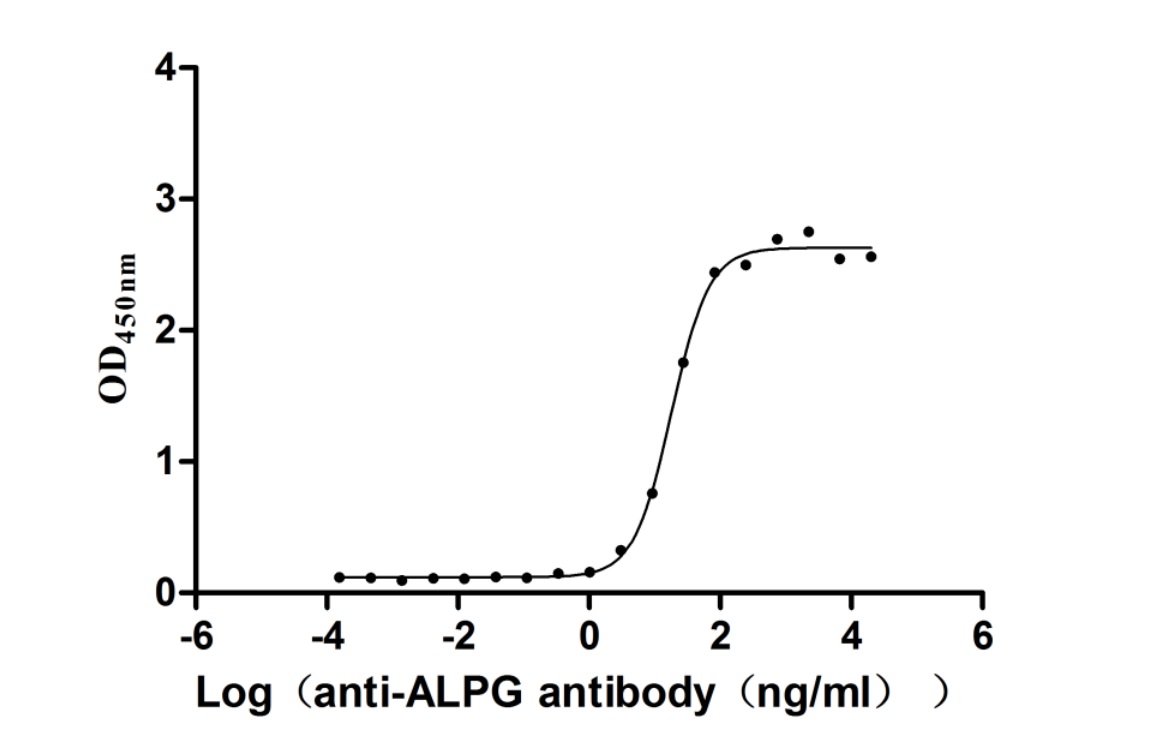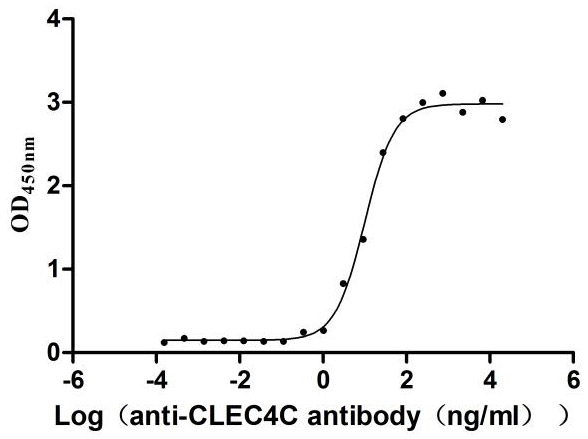Recombinant Arabidopsis thaliana Guanine nucleotide-binding protein subunit beta (GB1)
-
中文名稱:擬南芥GB1重組蛋白
-
貨號(hào):CSB-YP342989DOA
-
規(guī)格:
-
來(lái)源:Yeast
-
其他:
-
中文名稱:擬南芥GB1重組蛋白
-
貨號(hào):CSB-EP342989DOA
-
規(guī)格:
-
來(lái)源:E.coli
-
其他:
-
中文名稱:擬南芥GB1重組蛋白
-
貨號(hào):CSB-EP342989DOA-B
-
規(guī)格:
-
來(lái)源:E.coli
-
共軛:Avi-tag Biotinylated
E. coli biotin ligase (BirA) is highly specific in covalently attaching biotin to the 15 amino acid AviTag peptide. This recombinant protein was biotinylated in vivo by AviTag-BirA technology, which method is BriA catalyzes amide linkage between the biotin and the specific lysine of the AviTag.
-
其他:
-
中文名稱:擬南芥GB1重組蛋白
-
貨號(hào):CSB-BP342989DOA
-
規(guī)格:
-
來(lái)源:Baculovirus
-
其他:
-
中文名稱:擬南芥GB1重組蛋白
-
貨號(hào):CSB-MP342989DOA
-
規(guī)格:
-
來(lái)源:Mammalian cell
-
其他:
產(chǎn)品詳情
-
純度:>85% (SDS-PAGE)
-
基因名:GB1
-
Uniprot No.:
-
別名:GB1; At4g34460; T4L20.40; Guanine nucleotide-binding protein subunit beta; AGB1; transducin
-
種屬:Arabidopsis thaliana (Mouse-ear cress)
-
蛋白長(zhǎng)度:full length protein
-
表達(dá)區(qū)域:1-377
-
氨基酸序列MSVSELKERH AVATETVNNL RDQLRQRRLQ LLDTDVARYS AAQGRTRVSF GATDLVCCRT LQGHTGKVYS LDWTPERNRI VSASQDGRLI VWNALTSQKT HAIKLPCAWV MTCAFSPNGQ SVACGGLDSV CSIFSLSSTA DKDGTVPVSR MLTGHRGYVS CCQYVPNEDA HLITSSGDQT CILWDVTTGL KTSVFGGEFQ SGHTADVLSV SISGSNPNWF ISGSCDSTAR LWDTRAASRA VRTFHGHEGD VNTVKFFPDG YRFGTGSDDG TCRLYDIRTG HQLQVYQPHG DGENGPVTSI AFSVSGRLLF AGYASNNTCY VWDTLLGEVV LDLGLQQDSH RNRISCLGLS ADGSALCTGS WDSNLKIWAF GGHRRVI
-
蛋白標(biāo)簽:Tag?type?will?be?determined?during?the?manufacturing?process.
The tag type will be determined during production process. If you have specified tag type, please tell us and we will develop the specified tag preferentially. -
產(chǎn)品提供形式:Lyophilized powder
Note: We will preferentially ship the format that we have in stock, however, if you have any special requirement for the format, please remark your requirement when placing the order, we will prepare according to your demand. -
復(fù)溶:We recommend that this vial be briefly centrifuged prior to opening to bring the contents to the bottom. Please reconstitute protein in deionized sterile water to a concentration of 0.1-1.0 mg/mL.We recommend to add 5-50% of glycerol (final concentration) and aliquot for long-term storage at -20℃/-80℃. Our default final concentration of glycerol is 50%. Customers could use it as reference.
-
儲(chǔ)存條件:Store at -20°C/-80°C upon receipt, aliquoting is necessary for mutiple use. Avoid repeated freeze-thaw cycles.
-
保質(zhì)期:The shelf life is related to many factors, storage state, buffer ingredients, storage temperature and the stability of the protein itself.
Generally, the shelf life of liquid form is 6 months at -20°C/-80°C. The shelf life of lyophilized form is 12 months at -20°C/-80°C. -
貨期:Delivery time may differ from different purchasing way or location, please kindly consult your local distributors for specific delivery time.Note: All of our proteins are default shipped with normal blue ice packs, if you request to ship with dry ice, please communicate with us in advance and extra fees will be charged.
-
注意事項(xiàng):Repeated freezing and thawing is not recommended. Store working aliquots at 4°C for up to one week.
-
Datasheet :Please contact us to get it.
靶點(diǎn)詳情
-
功能:Guanine nucleotide-binding proteins (G proteins) are involved as a modulator or transducer in various transmembrane signaling systems. The beta and gamma chains are required for the GTPase activity, for replacement of GDP by GTP, and for G protein-effector interaction. The heterotrimeric G-protein controls defense responses to necrotrophic and vascular fungi probably by modulating cell wall-related genes expression (e.g. lower xylose content in cell walls); involved in resistance to fungal pathogens such as Alternaria brassicicola and Fusarium oxysporum. Modulates root architecture (e.g. lateral root formation). Acts with XGL3 in the positive regulation of root waving and root skewing. Involved in the asymmetric division of zygote and specification of apical and basal cell lineages.
-
基因功能參考文獻(xiàn):
- AGB1 positively promotes hypocotyl elongation through repressing BBX21 activity. PMID: 28827171
- AGB1 is mainly involved in the ionic toxicity component of salinity stress and plays roles in multiple processes of Na(+) homeostasis. PMID: 25808946
- AGB1 is involved in the abscissic acid signaling pathway and drought tolerance in Arabidopsis. PMID: 25635681
- Mutations in agb1 lead to an enlarged shoot apical meristem. AGB1 and RPK2 associate and synergistically regulate stem cell homeostasis. PMID: 25260844
- At1g56590(AP-3micro) positively regulates the abscisic acid responses independently of AGB1 in seed germination, while AP-3micro does require AGB1 to regulate abscisic acid responses during post-germination growth. PMID: 24098050
- Data indicate that G-protein beta subunit agb1/nph3 (a regulator of phototropism) double mutants showed no hypocotyl phototropism. PMID: 24486545
- AGG3 binds AGB1 in vivo and in vitro. PMID: 21575088
- Upon Pseudomonas syringae infection, AGB1 and AtRbohD and AtRbohF can function in the same pathway. In contrast, NADPH oxidase and heterotrimeric G proteins mediate different response pathways in response to Plectosphaerella cucumerina. PMID: 23441575
- The Gbeta mutants were found to be hypersusceptible to spray inoculation with the bacterial pathogen Pseudomonas syringae. PMID: 23656333
- The distribution of staining patterns in roots suggests that AGB1 and RFO1 restrict colonization of the vascular cylinder by F. oxysporum whereas EIR1 promotes colonization of root apices. PMID: 22894177
- AGB1 residues critical for specific AGB1-mediated biological processes, including growth architecture, pathogen resistance, stomata-mediated leaf-air gas exchange, and possibly photosynthesis, were identified. PMID: 22570469
- AGB1 affects Fusarium oxysporum-induced gene expression. PMID: 19054360
- AGB1 is widely expressed throughout development in a complex manner. PMID: 17492287
- AGB1 particupates in regulation of G protein-coupled inwardly rectifying K+ (GIRK) channels. PMID: 18541915
- AGB1 appears to integrate pathogen-associated molecular pattern perception into downstream ROS production, and also to transmit the EF-Tu signal to the defense response, leading to reduced transformation by A. tumefaciens. PMID: 19129659
顯示更多
收起更多
-
亞細(xì)胞定位:Cell membrane. Cytoplasm. Nucleus.
-
蛋白家族:WD repeat G protein beta family
-
組織特異性:Expressed in seedlings (especially at the hypocotyl/root junction), roots, leaves (restricted to veins and guard cells), and flowers. Also present in hydathods. Expressed in guard cells, mesophyll tissue of cotyledons, trichomes and whole siliques, but no
-
數(shù)據(jù)庫(kù)鏈接:
Most popular with customers
-
Recombinant Mouse Desmoglein-3 (Dsg3), partial (Active)
Express system: Mammalian cell
Species: Mus musculus (Mouse)
-
Recombinant Rabbit Tissue factor pathway inhibitor (TFPI) (Active)
Express system: Mammalian cell
Species: Oryctolagus cuniculus (Rabbit)
-
Recombinant Human Melanoma-associated antigen 4 (MAGEA4) (Active)
Express system: Mammalian cell
Species: Homo sapiens (Human)
-
Recombinant Mouse Retinol-binding protein 4 (Rbp4) (Active)
Express system: Mammalian cell
Species: Mus musculus (Mouse)
-
Recombinant Human Claudin-9 (CLDN9)-VLPs (Active)
Express system: Mammalian cell
Species: Homo sapiens (Human)
-
Recombinant Human Claudin-6 (CLDN6)-VLPs, Fluorescent (Active)
Express system: Mammalian cell
Species: Homo sapiens (Human)
-
Recombinant Human Alkaline phosphatase, germ cell type (ALPG) (Active)
Express system: Mammalian cell
Species: Homo sapiens (Human)
-
Recombinant Human C-type lectin domain family 4 member C (CLEC4C), partial (Active)
Express system: Mammalian cell
Species: Homo sapiens (Human)


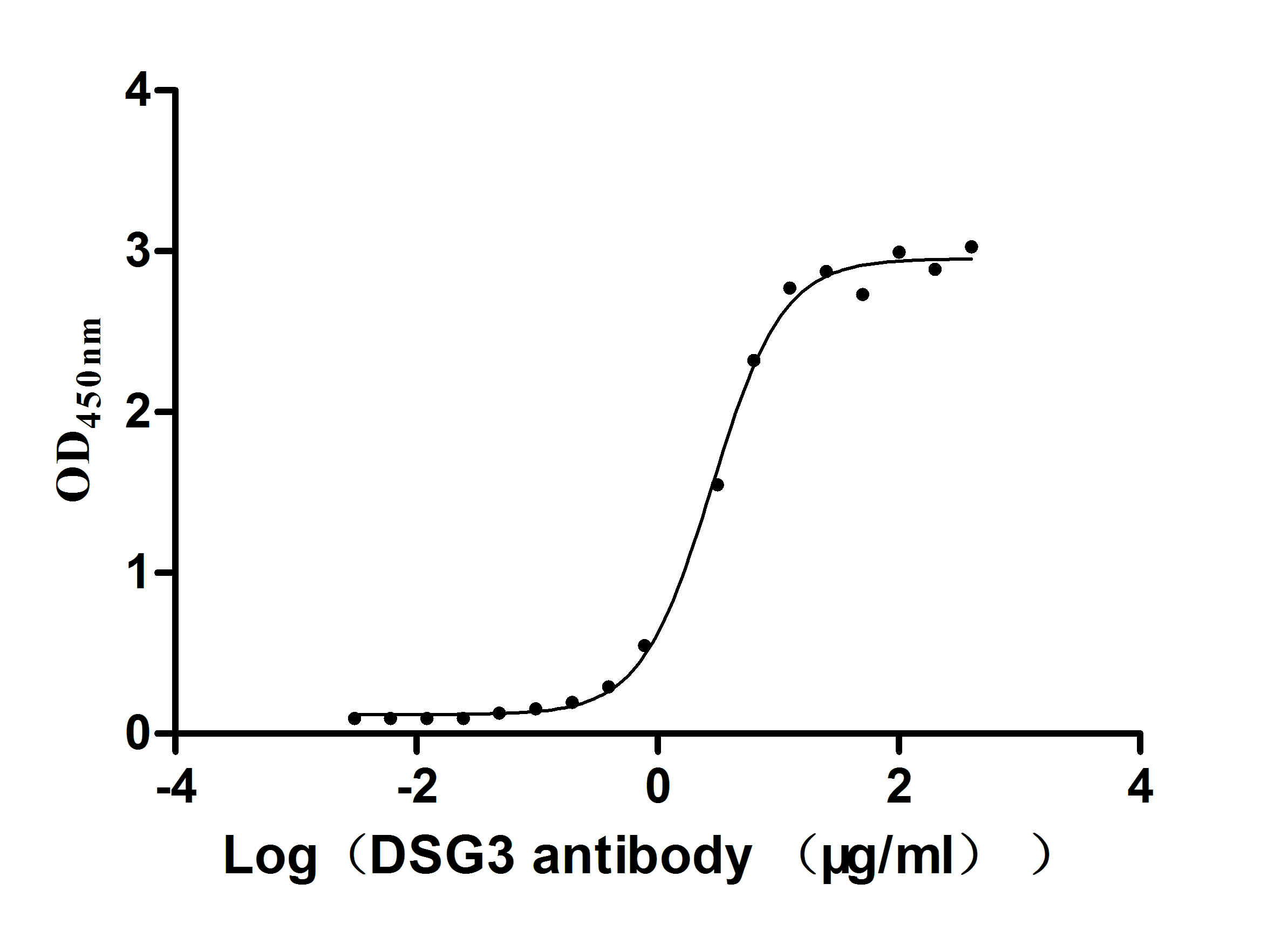
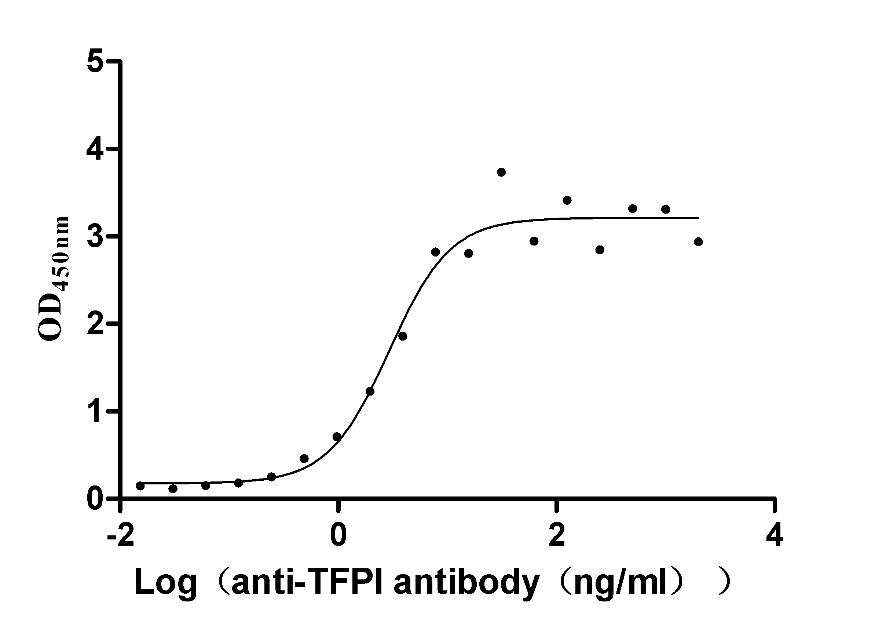
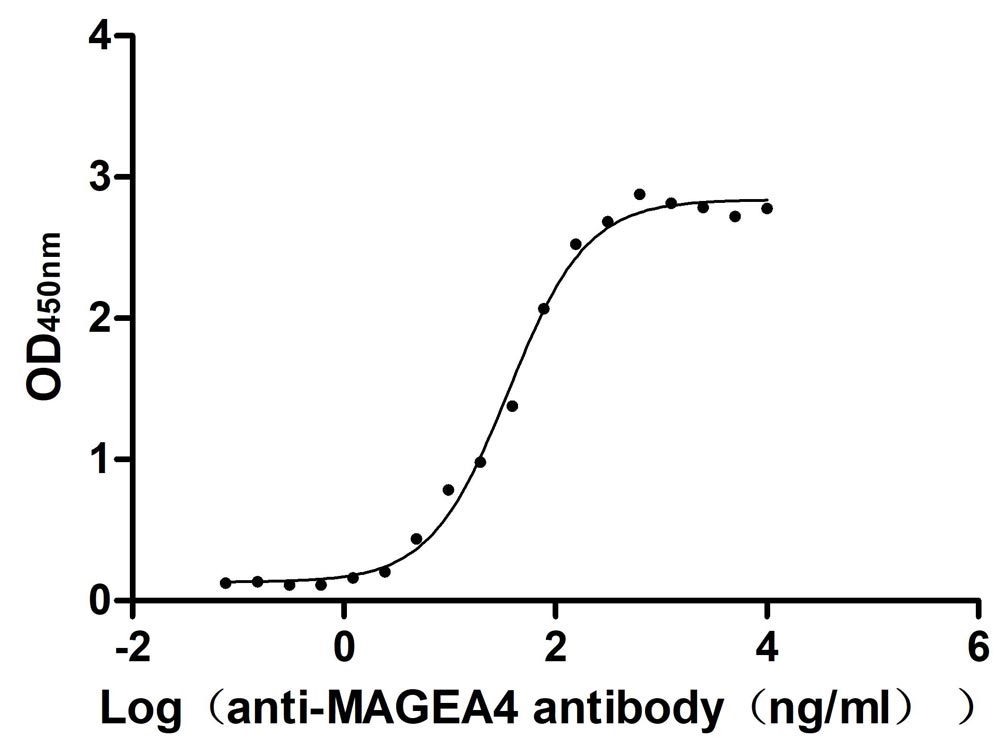
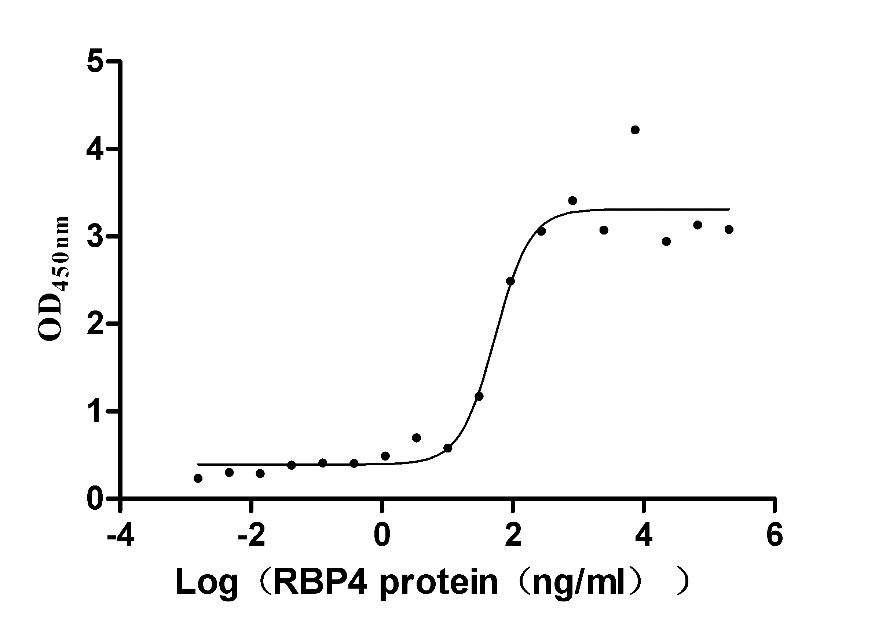
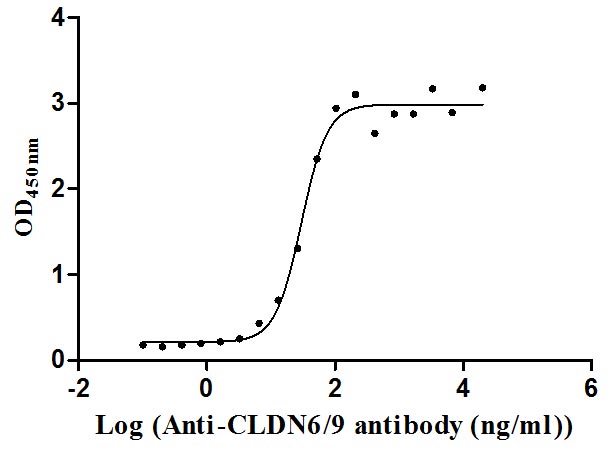
f4-AC1.jpg)
